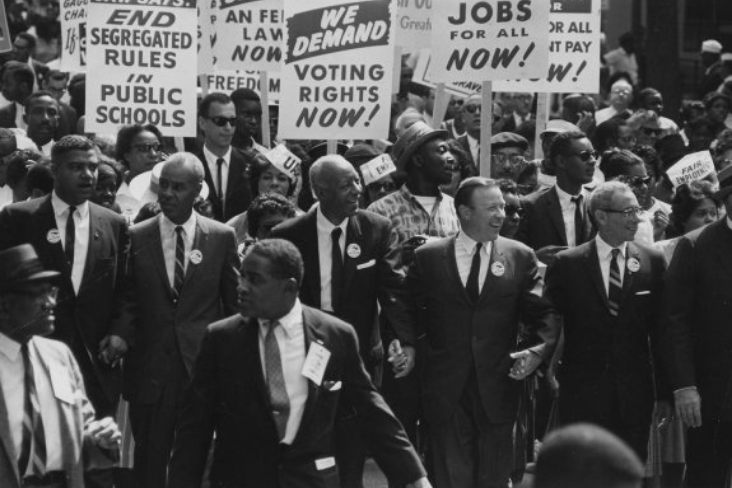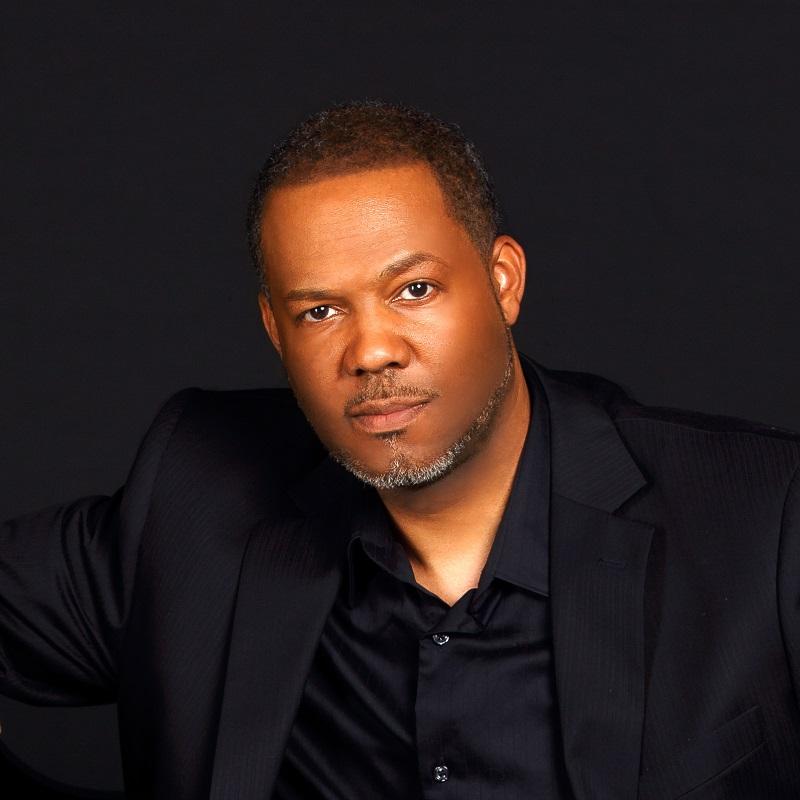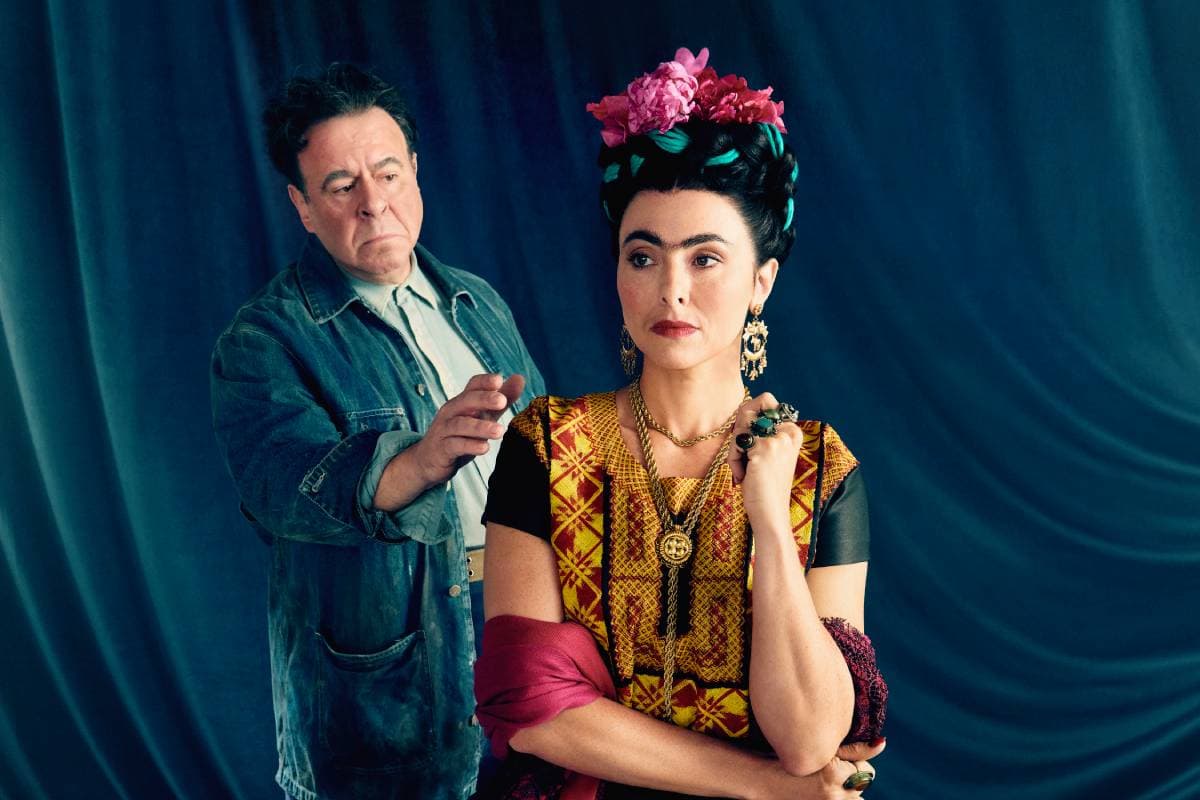
“Freedom is never voluntarily given by the oppressor; it must be demanded by the oppressed.” – Dr. Martin Luther King, Jr.
The issue of slavery in this country is perhaps the most contentious event in our history. It continues to resonate, particularly in the Black community, with its effects felt to this day. There are issues of income, health, and education disparities.
And then there’s the phenomenon of colorism – the idea that lighter skin tone is seen as an advantage. Colorism is experienced in the Black community as meted from the outside. But even within the community, those with different skin tones are viewed and treated differently.
People with lighter skin tones have historically been seen as better than those with darker skin tones. These differences occurred largely due to interracial sexual encounters, many of these the result of rape of Black women by their slave masters during slavery. The light-skinned slaves were given work to do in the main house and afforded other privileges while the dark-skinned slaves continued to work in the fields, hence the terms "house Negroes" and "field Negroes." This disparity in treatment created social tensions between the two groups. Residual tension from this dynamic still exists. In addition to lighter-hued skin, these interracial children also had different hair texture. African hair texture tends to be tightly curled, often described as wooly. The light-skinned Blacks had a straighter hair texture that many people today refer to as “good hair.” The reality of this disparity between dark-skinned Blacks and Light-skinned Blacks is illustrated in Spike Lee’s classic film School Daze in a dance number called “Good and Bad Hair” which parodies the relationship between dark-skinned and light-skinned women, focusing on the value and esteem that is placed on hair texture and skin color.
The issue of police brutality is another remnant of the period of slavery. Groups of whites organized slave patrols, which scoured local areas in search of potential runaway slaves. The methods they used were cruel and intended to instill fear in the enslaved community. These slave patrols led way to militia-styled groups after the Civil War and terrorized free Blacks during the Reconstruction era. Many led to the formation of modern-day police departments. In the last few decades we have seen how police brutality impacts communities of color, the most visceral incident being the murder of George Floyd in May 2020 by then police officer Derek Chauvin of the Minneapolis Police Department.
M. Roger HollandThe enslaved were denied the thing they desired most: Freedom. And the idea of freedom was the community’s foremost preoccupation and focus of its music. The Negro Spiritual “Oh Freedom” is an affirmation to the state of liberty.
One of the things I find ironic about the state of slavery in this country is that the authors of the Declaration of Independence focus on the ideal of liberty; the state of being free. Included in the preamble are the words, “We hold these truths to be self-evident, that all men are created equal, that they are endowed by their Creator with unalienable Rights, that among these are Life, Liberty, and the pursuit of Happiness.”
Further, Thomas Jefferson in 1775 penned the Declaration of the Causes and Necessity of Taking Up Arms. In response to the actions of the British Parliament, he states, “We have counted the cost of this contest, and find nothing so dreadful as voluntary slavery. -- Honour, justice, and humanity, forbid us tamely to surrender that freedom which we received from our gallant ancestors, and which our innocent posterity have a right to receive from us.” He goes on to say, “we will, in defiance of every hazard, with unabating firmness and perseverance, employ for the preservation of our liberties; being with one mind resolved to die freemen rather than to live [as] slaves.” The colonists that established this land were adamant that they NOT acquiesce to a state of being equated with that of slavery, but had no compunction about enslaving others.
After years of tension between the North and South, Civil War broke out in 1861. Arguably at the center of the tension was the issue of slavery. Abolitionists that included free Blacks, escaped slaves, and whites, had been working for the eradication of slavery for some time. On January 1, 1863, President Abraham Lincoln issued the Emancipation Proclamation. One of the provisions of this edict provided for the acceptance of Black men to join the Union army, thus enabling “the liberated to become liberators.” While the proclamation announced that the enslaved were now free, the change in status was not legal until the 13th Amendment was ratified and thereby abolished slavery on December 6, 1865.
Of all the spirituals created by the enslaved African community, the theme that is most prominent and dominant is that of freedom. The spiritual “Oh Freedom” is believed to have emerged towards the end of slavery or soon after. I have said numerous times in my previous articles that the enslaved were denied the thing they desired most: Freedom. And the idea of freedom was the community’s foremost preoccupation and focus of its music.
So the lyric ”Before I’d be a slave, I’d be buried in my grave” is profound, to say the least. From the time Africans were stolen from their homeland, they have fought for their freedom. Africans revolted on slave ships during the Middle Passage, and some even threw themselves overboard rather than succumb to a state of servitude. The Negro Spiritual “Oh Freedom” is an affirmation to the state of liberty.
Oh freedom, oh freedom,
Oh freedom over me.
And before I’d be a slave, I’ll be buried in my grave
And go home to my Lord and be free.
It is also important to note that this spiritual found new life during the Civil Rights Movement. Protestors adapted the lyrics, attesting to what they faced in their struggle for complete freedom and civil rights. And in so doing, the Negro Spirituals, in essence, have become historical documents.
No more dogs biting me…
No more segregation…
Nothing but freedom…
No more shooting…
M. Roger Holland, II is Teaching Assistant Professor of African American Music and Theology at the University of Denver’s Lamont School of Music, and Director of DU’s Spirituals Project Choir.
This month concludes CPR Classical's yearlong partnership with M. Roger Holland, II. Click here for the complete catalog of spirituals and essays from Roger for the Journey to Freedom: the Spirituals Radio Project, or select from the list below.
- February's Spiritual - “Lord, How Come Me Here?”
- March's Spiritual - “He Never Said A Mumblin Word”
- April's Spiritual - "Ride On, King Jesus"
- May's Spiritual - "Every Time I Feel The Spirit"
- June's Spiritual - “That Great Gettin’ Up Morning”
- July's Spiritual - "God Is A God"
- August's Spiritual - “Way Over In Beulah Land”
- September's Spiritual - "My Soul's Been Anchored In The Lord"
- October's Spiritual - "Scandalize My Name"
- November's Spiritual - "In Bright Mansions Above"
- December's Spiritual - "Mary Had a Baby"
Hear CPR Classical by clicking “Listen Live” at the top on this website, or download the Colorado Public Radio app. Listen on your radio to CPR Classical at 88.1 FM in Denver, or on radio signals around Colorado. You can also tell your smart speaker to “Play CPR Classical."







